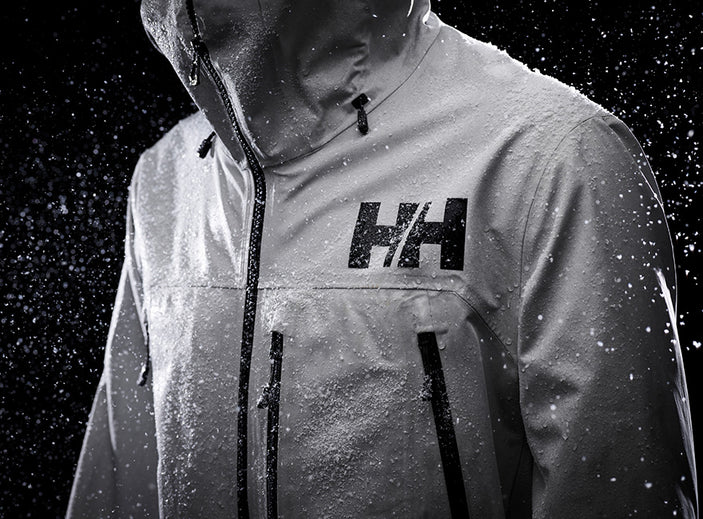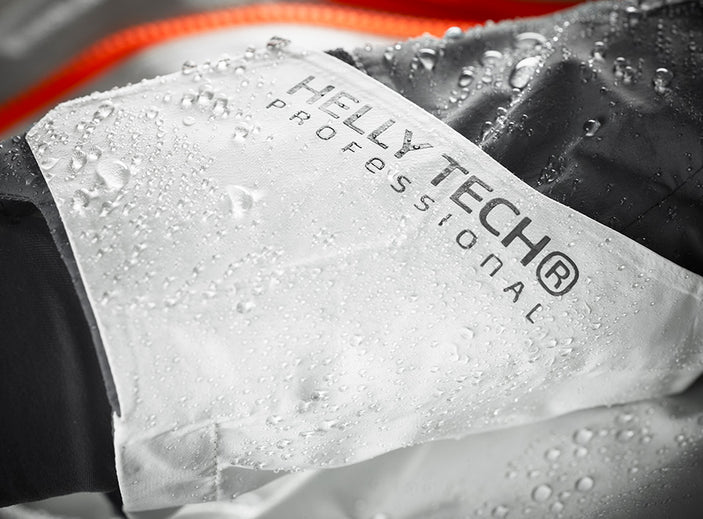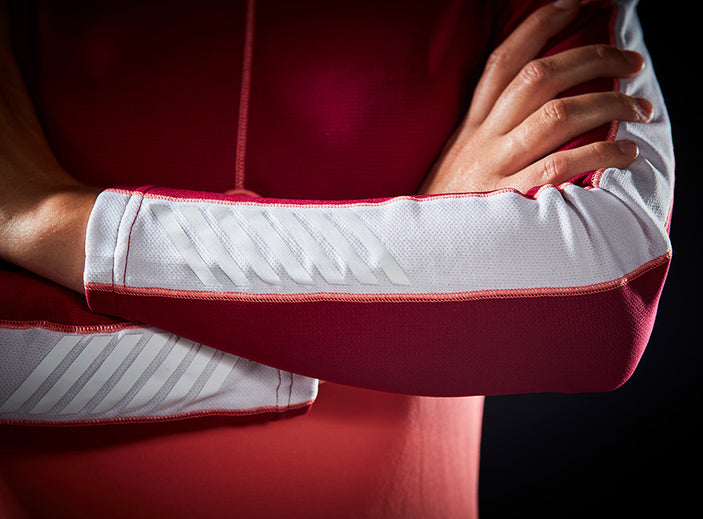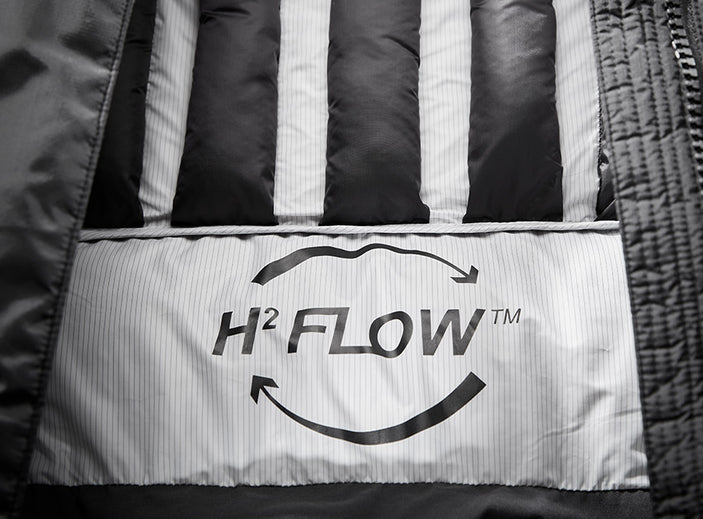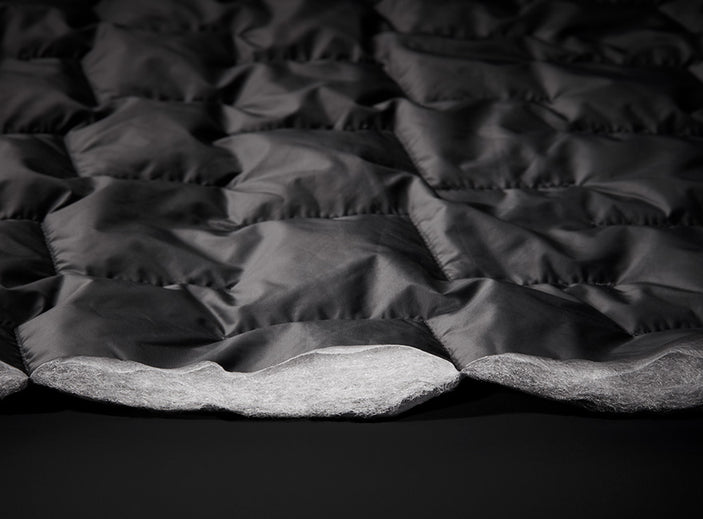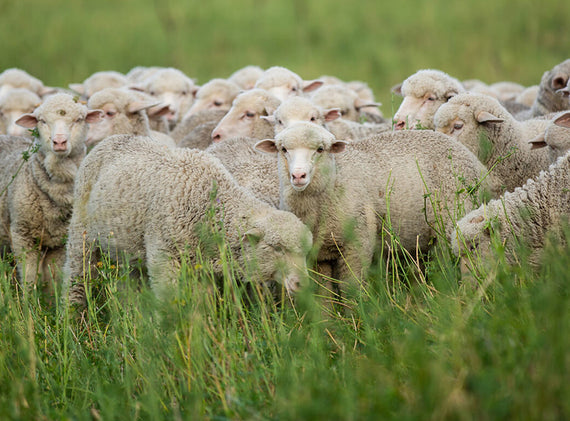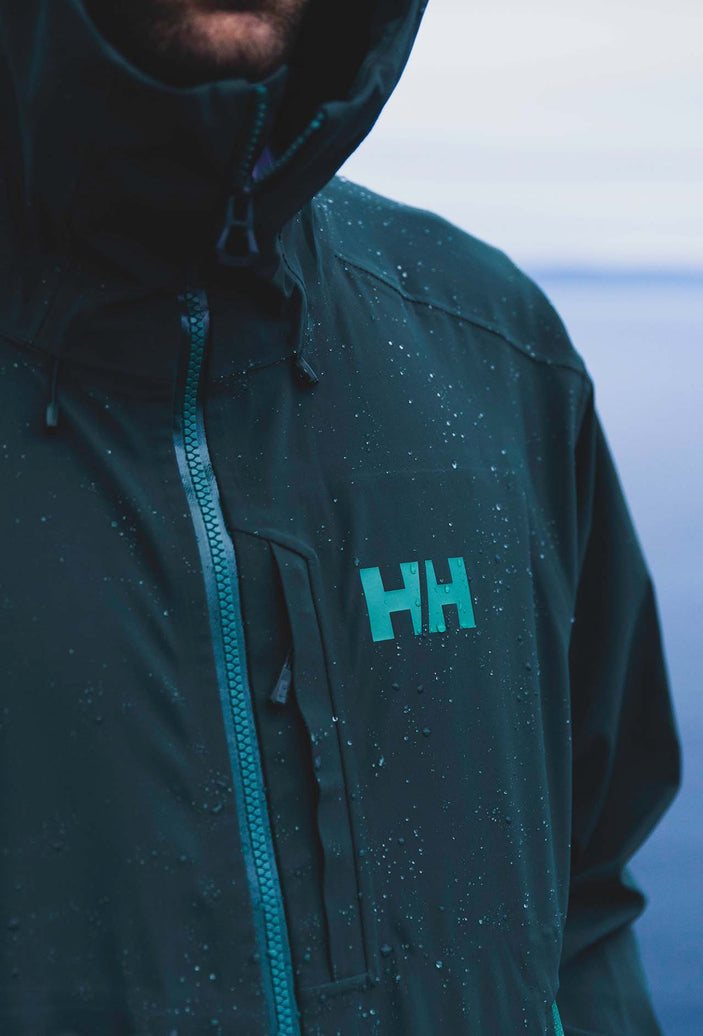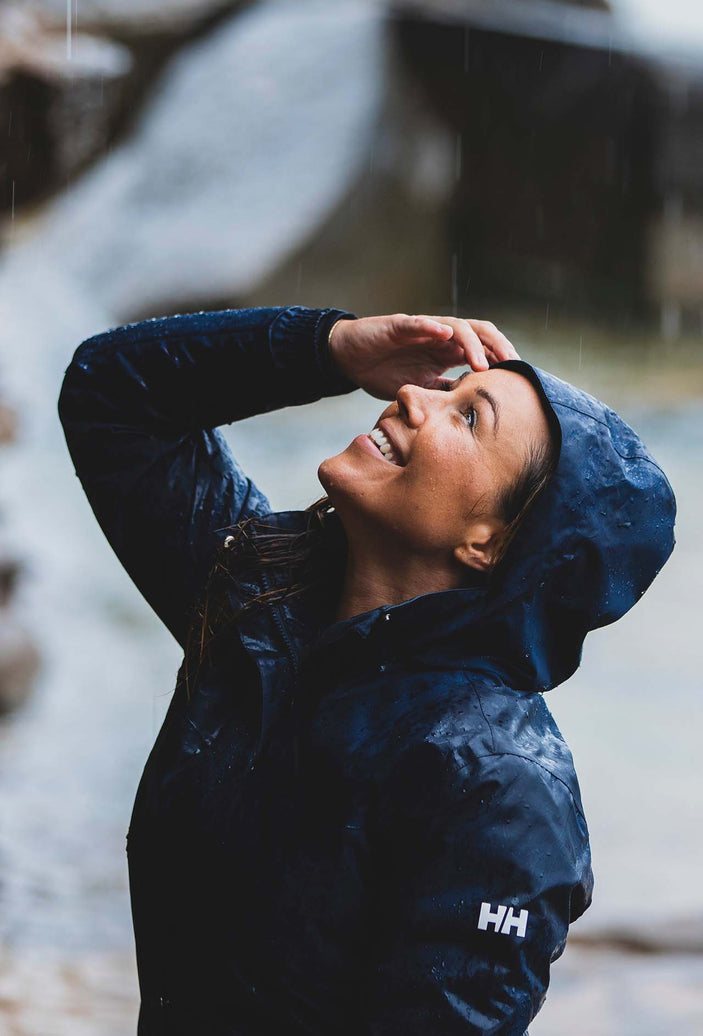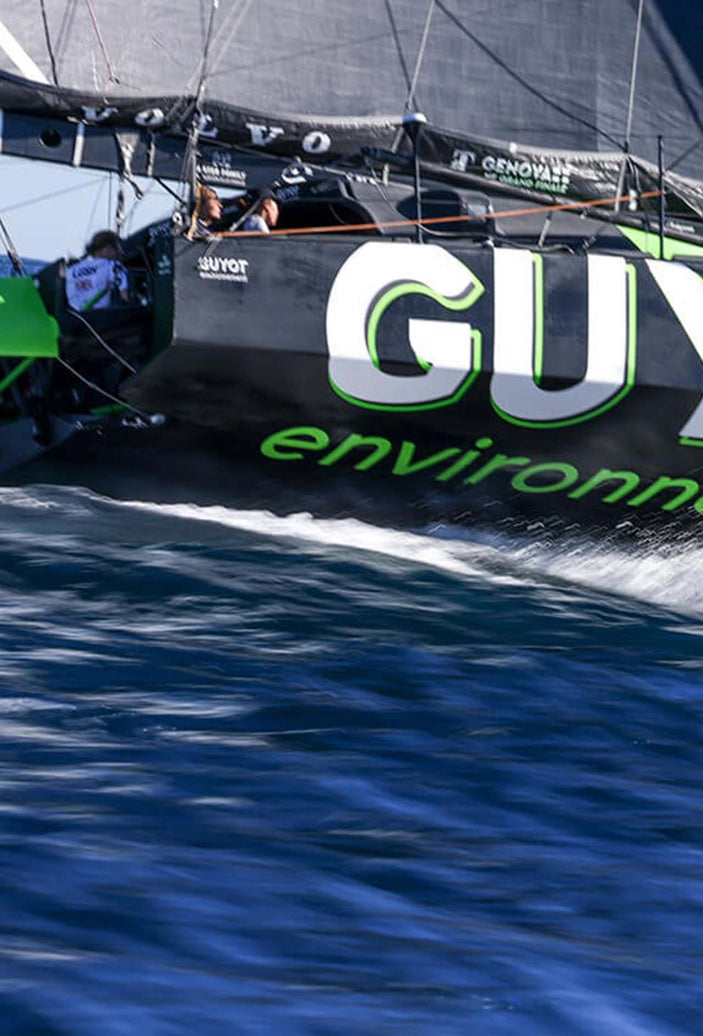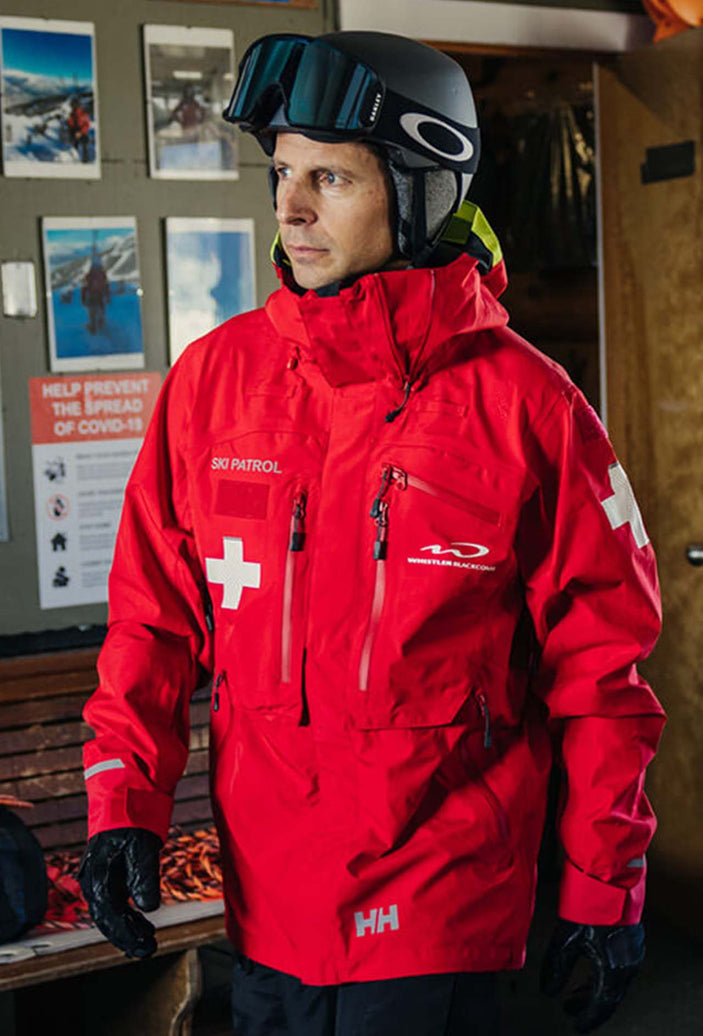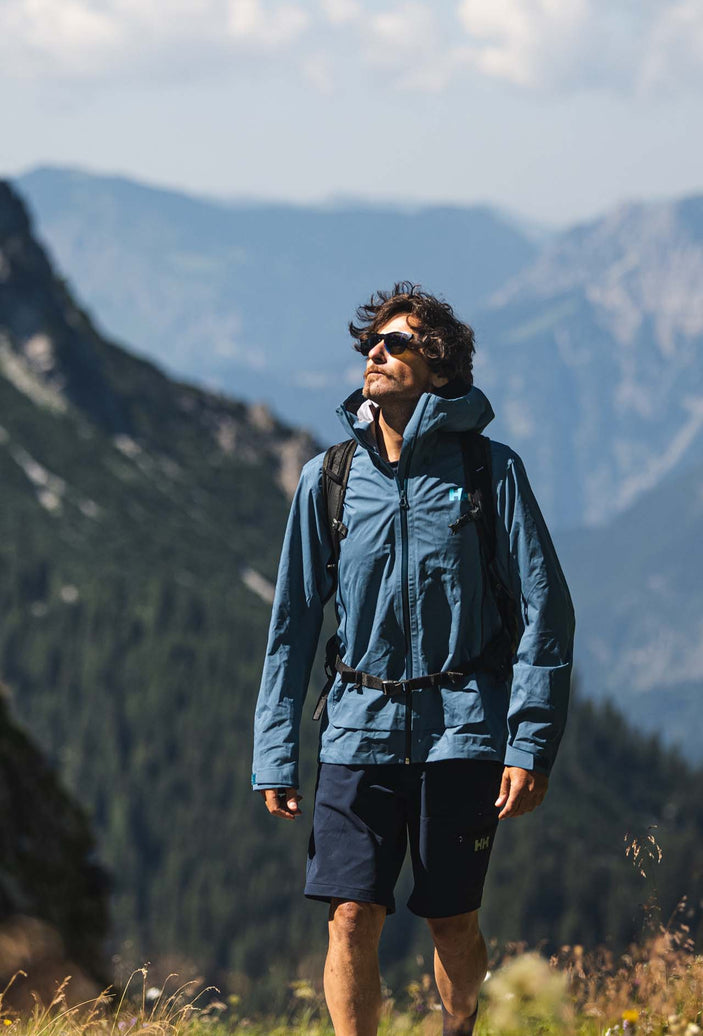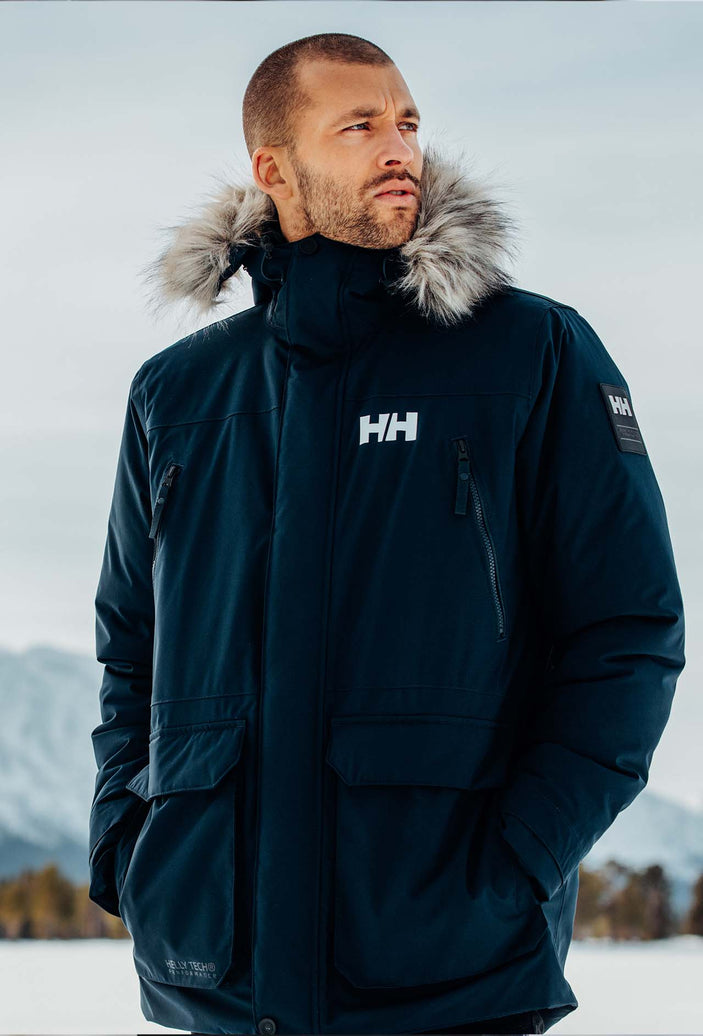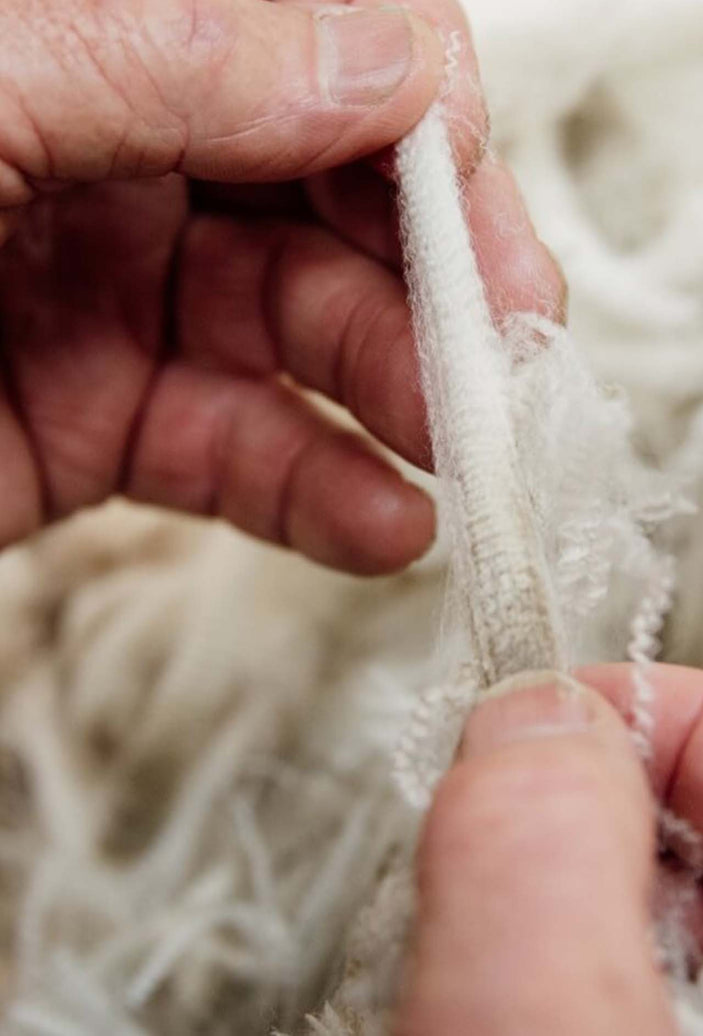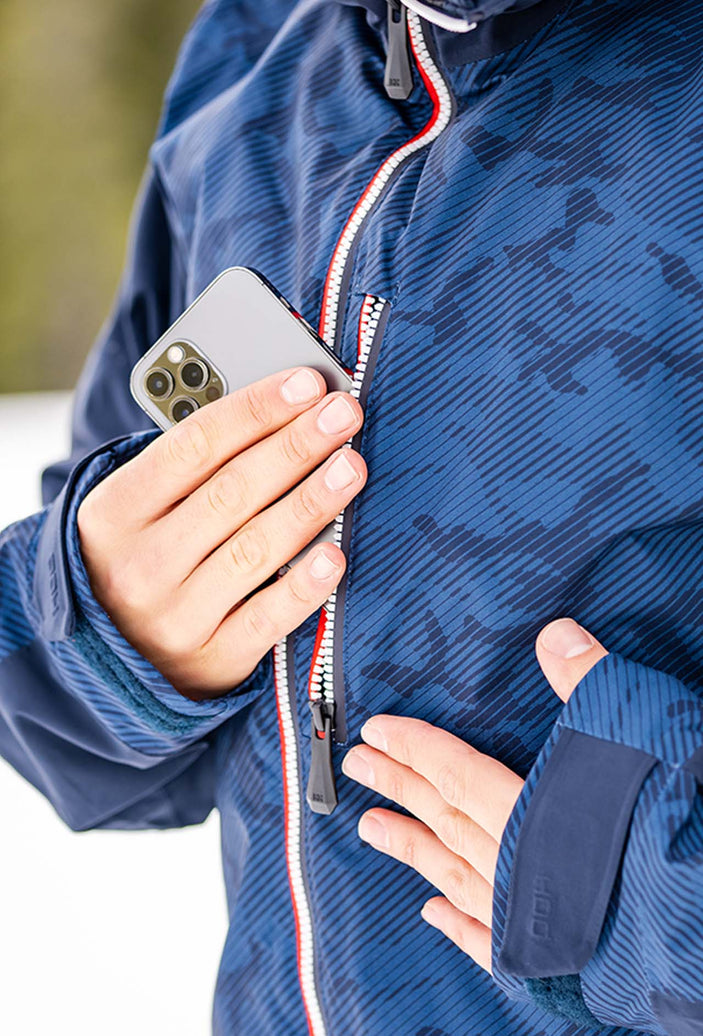Trusted by professionals.
For the past 140 years, Helly Hansen has been developing & testing its technologies together with professionals living and working in some of the world’s harshest environments. Their spirit, experiences and feedback are woven into every detail and every fiber of our garments. Helly Hansen has been on the front lines of innovation with our Lifa Infinity Pro™, Helly Tech® , LIFA®, H2Flow™, and LIFALOFT™ technologies. Explore the history of our first-to-market innovations and our heritage.
EXPLORE OUR TECHNOLOGIES
SUPPORTING TECHNOLOGIES
Find out about the technologies that enhance our products.
Always strive to make long-lasting products.
We aspire to make products that can last through generations. Today, Helly Hansen products from the 1970s can still be seen on the city streets and in the mountains. Using durable fabrics, we set out to make long-lasting products that can stand the test of time, and we constantly strive to develop and work with materials with the lowest environmental impact.
EXPLORE OUR MATERIALS
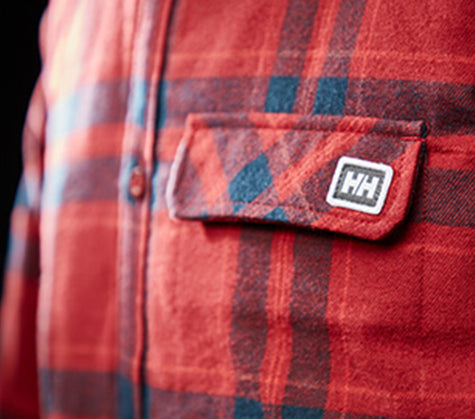
Cotton is one of the most common textile fibres globally and also one of the oldest fibres used by humans for making garments and other products.
Cotton is a natural fibre, but its production can be climate intensive. At Helly Hansen, cotton is mostly used in t-shirts, hoodies, and some workwear jackets.
OUR APPROACH TO COTTON
Cotton is naturally biodegradable and renewable, and it’s estimated that cotton crops cover 2.4% of the world’s cultivated land. Cotton is very comfortable for close-to-skin applications for low/intensity activities. At Helly Hansen, we mostly use cotton for casual t-shirts, hoodies, and workwear jackets and pants.
ENVIRONMENTAL IMPACT
Cotton represents almost 10% of our fibre portfolio. We do, however, recognise our responsibility in doing our best to ensure the cotton we do use is from responsible sources. At Helly Hansen, we are moving to organic cotton where possible. Organic cotton is grown without the use of synthetic pesticides and fertilisers.
COTTON
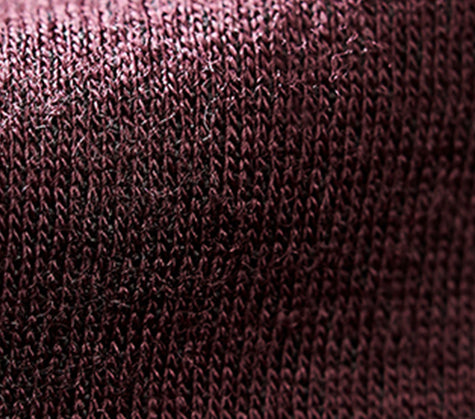
Thought to be the oldest breed of sheep in the world, Merino has fine, soft wool often used in products for their natural luxury, quality and performance.
Merino wool is a natural fibre that requires less washing and provides long-lasting quality. Warm and durable., wool is a staple in many base layers and midlayers.
OUR APPROACH TO WOOL
The natural crimp of wool fibre creates insulating air spaces that make wool feel warm. Because wool can absorb perspiration/moisture, lightweight wool fabrics can help keep you cool, as well as warm. Wool is also naturally resistant to bacteria.
Thought to be the oldest breed of sheep in the world, Merino are known to thrive in extreme climates, like the high country of New Zealand. Their wool is hygroscopic; it can absorb 30% of its weight in sweat and moisture, making it a smart choice for all outdoor activities. The natural crimp of Merino wool fibre creates insulating air spaces, which enables excess heat to escape. It’s lightweight, natural and best of all, durable when taken care of properly.
At Helly Hansen, the main application of wool is in our base layer collections. Each individual sheep’s fleece is hand-selected. A highly skilled ‘classer’ inspects the fibre quality and assesses whether it meets the grade. That way, you know you’re only getting the best quality in your Helly Hansen base layers.
ENVIRONMENTAL IMPACT
All our Merino wool is grown by ZQ certified growers who comply with the ZQ Grower Standard. The standards demand the best in animal welfare and environmental practice, protecting the five freedoms of sheep: freedom from hunger and thirst, freedom from discomfort, freedom from pain, injury or disease, freedom to express normal behaviour, and freedom from fear and distress. With ZQ Merino, we offer the highest quality and performance through ethical, traceable wool.
WOOL

To ensure that no birds are harmed in the making of our products, 100% of the down we use is fully traceable.
All of the down in Helly Hansen's apparel is certified through the Responsible Down Standard (RDS), an independent organisation that recognises best practices in the down and feather industry.
OUR APPROACH TO DOWN
Down is an exceptional insulation material due to its warmth-to-weight properties and also its packability and recovery. This makes it a very popular choice for insulation in lightweight midlayer and outerwear product.
ENVIRONMENTAL IMPACT
We only source down from geese and ducks that have not been live-plucked, force-fed, or subjected to unnecessary harm. To ensure that no birds are harmed in the making of our products, 100% of the down we use is fully traceable and RDS-certified.
DOWN

We have phased out the use of leather in apparel, using substitution materials for all applications in apparel today.
Leather is a strong and durable natural fibre. Helly Hansen applies leather in some gloves and footwear but has phased it out of use in apparel.
OUR APPROACH TO LEATHER
Leather is a by-product that has been used for centuries to make footwear, apparel, and accessories. Leather is strong and durable and when treated right, can last for a very long time.
85% of the leather in our footwear collections is LWG certified, and we are moving towards 100%. Helly Hansen are LWG members since 2021. We have phased out the use of leather in apparel, using substitution materials for all applications in apparel today. We are still using leather in shoes and gloves, where the properties of the material can be utilised in full.
ENVIRONMENTAL IMPACT
All the leather and suede in our sportswear shoes come from certified tanneries audited by the Leather Working Group. Our leather volumes are relatively small; however, we do recognise the environmental impact and animal welfare concerns related to leather and are currently working closely with our suppliers to ensure a transparent and responsible supply chain.
LEATHER
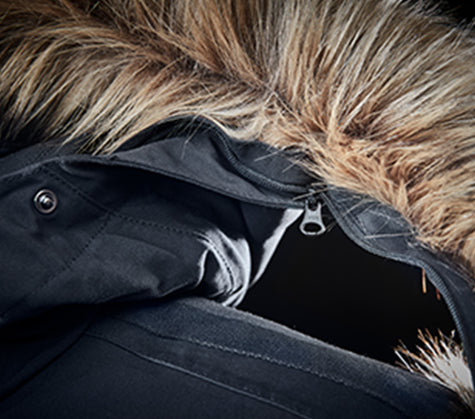
Helly Hansen stopped using animal fur in 2006.
Helly Hansen sources faux fur that performs as closely as possible to real fur and has a similar look and feel. We do not use real fur in any of our products.
OUR APPROACH TO FUR
Today, none of our garments contain real fur. Instead, we source faux fur that is visually as close as possible to the real thing and performs similarly to real fur. Applied around the hood, faux fur protects the face from windchill and snow and absorbs some of the moisture from the breath, which can otherwise come back towards the face and freeze.
FAUX FUR
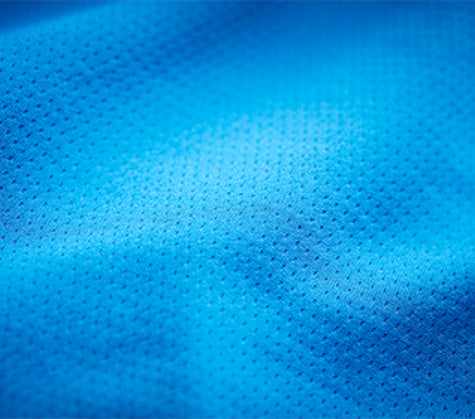
aInherently hydrophobic fibres.
The primary application of polypropylene is in our LIFA® fibres. Polypropylene offers inherent durable water repellency without chemicals.
OUR APPROACH TO POLYPROPYLENE
The primary application of polypropylene is in our LIFA® fibres. Polypropylene has some unique properties, such as being extremely lightweight, having low thermal conductivity, and being inherently water repellent.
LIFA® BASE LAYERS
The LIFA® fibre’s unique properties have been our driver to develop high-performance products such as our LIFA® base layer collection, the LIFALOFT™ insulation, in collaboration with Primaloft, and lately, the LIFA® infinity membrane and face PRO fabric which offer inherent durable water repellency.
We are approaching polypropylene with a multi-pronged approach and are trying to reduce negative impacts through these three actions: solution dyeing, quality construction, and increased use of recycled materials. By using solution dye techniques, we reduce water waste and emissions. By creating a long-lasting construction, we reduce your need to retire your base layer.
WATERLESS DYEING OF SYNTHETICS
Solution dyed fabrics
Trusted by professionals
POLYPROPYLENE
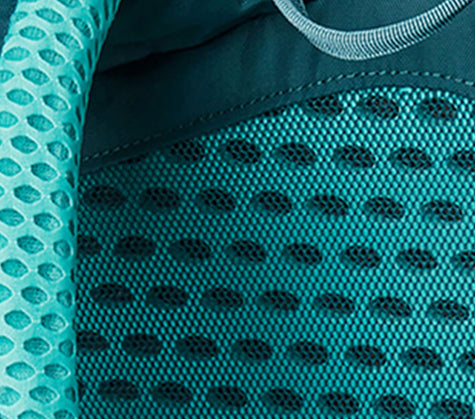
Polyamide is relatively stronger than polyester and is applied for hard-wearing products.
Recycled polyamide is applied for hard-wearing products, most commonly high-performance outer shells, footwear, and a range of backpacks.
OUR APPROACH TO POLYAMIDE
Polyamide was first made into a textile fibre in the 1930s and was then trademarked as Nylon. Today, the names are used synonymously for a textile fibre consisting of the polymer amide in various ranges. The most common polyamides for textile applications are Nylon 6 and Nylon 6,6. It is relatively stronger than polyester or polypropylene and is applied for hard-wearing products, most commonly high-performance outer shells, footwear, and a range of backpacks.
ENVIRONMENTAL IMPACT
The recycling industry for polyamide is not as well-established as the one for polyester, where the latter has been driven heavily by the recycling of PET bottles. However, the recycling of polyamide is continuously developing. There will be many initiatives required to increase the supply of recycled nylon, one of those being making use out of Ocean Bound materials.
RECYCLED POLYAMIDE
Virgin polyamide has a larger environmental impact compared to virgin polyester, but when recycled, the environmental impact of nylon can be brought down to almost the same level as recycled polyester. Due to the higher cost and lack of supply, our use of recycled polyamide is still very small. Nevertheless, we develop high-performance garments for our resort partners and sailing collections using recycled polyamide and aim to expand the use of it in the future.
POLYAMIDE
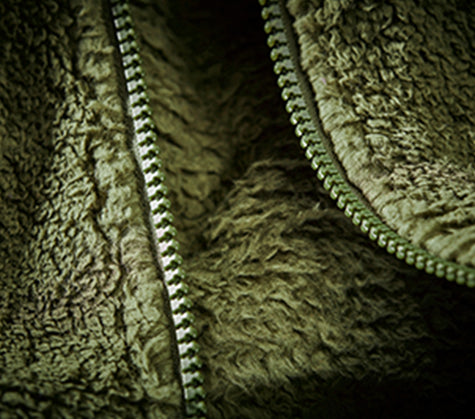
Almost all of our nonwoven insulations contain 80% post-consumer recycled polyester.
OUR APPROACH TO POLYESTER
Polyester represents around 50% of global fibre production, with more than 63,000 million tons of polyester fibre being produced annually. At Helly Hansen, 55% of our fibres in textiles and nonwovens are comprised of polyester raw materials.
We are committed to switching over to recycled raw materials and have signed the Textile Exchange 2025 Recycled Polyester Challenge. We aim for at least 50% of our polyester and polyamide fibres to be recycled by 2025. Almost all of our nonwoven insulations contain 80% post-consumer recycled polyester. We also have managed to replace around 70% of our fleece fabrics with recycled content. We are steadily increasing the volume of recycled materials every season, in line with recycled polyester becoming more accessible.
ENVIRONMENTAL IMPACT
By using more recycled polyester, including Ocean Bound recycled polyester, we reduce dependence on petroleum as the raw material for our fabric needs. By diverting PET-bottles from landfill we reduce soil contamination, air and water pollution.
POLYESTER
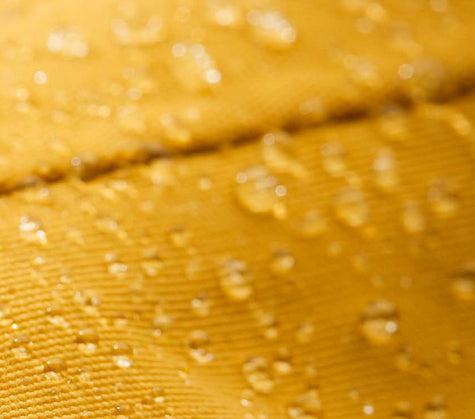
Learn about recycled Ocean Bound materials, our initiative that brings shore to door traceability and aims to reduce the amount of plastic reaching the ocean.
OUR APPROACH TO OCEAN BOUND MATERIALS
Ocean Bound plastic is plastic that is sourced within 50km (30 miles) of a coastline or main waterway in regions where waste is mismanaged. Discarded plastic waste ends up in streams and rivers which eventually all end up feeding into the ocean. By collecting the plastic at this stage we prevent it from polluting our oceans and harming marine life in the first place. The plastic is then recycled and used as a component across a range of our collections. From high-performing coastal sailing gear to our durable marine lifestyle collections, everyone can feel empowered to make a long-lasting impact.
Our Ocean Bound materials currently fall into two streams (polyamide and polyester), both of which are repurposed to create high quality gear with the environment in mind.
OCEAN BOUND MATERIALS

